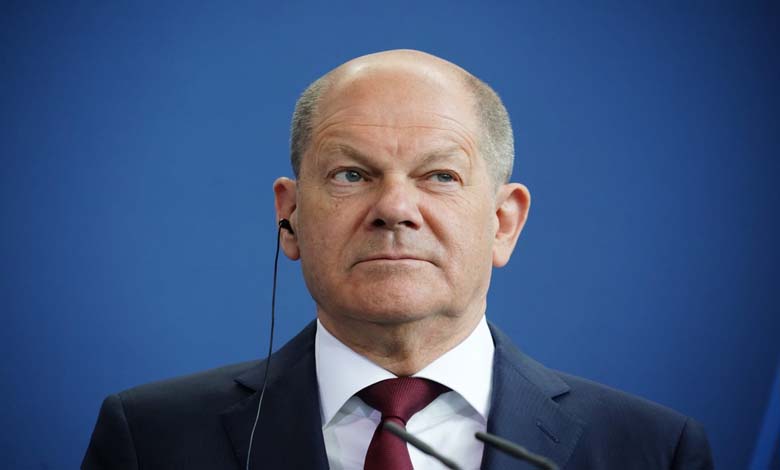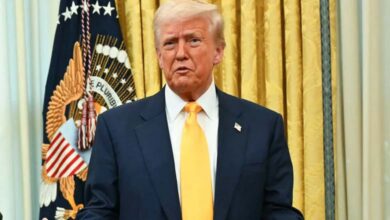Debt Cuts Lifeline: Will Germany Abandon Ukraine?

German leaders are planning to cut aid to Ukraine by half, as Donald Trump’s re-election to the U.S. presidency seems increasingly likely.
Germany, which overcame its initial reluctance to support Ukraine and became the largest European supplier of military aid to the country, appears poised to change course. The government plans to halve future aid to meet other spending priorities, according to a document from the Ministry of Finance.
German Finance Minister Christian Lindner detailed the preliminary 2025 budget, which is set to halve military aid to Ukraine to just 4 billion euros, according to a draft seen by “Politico”.
“Additional Sources”
Speaking after the cabinet approved the budget draft, the finance minister said Ukraine would have to rely more on funds from “European sources” as well as the expected income from frozen Russian assets.
“The goal is to make 50 billion dollars available this year, and Ukraine can then decide for itself how to use it,” he added, referring to the agreement on Russian assets reached by world leaders last month.
The decision to cut aid to Ukraine clarifies the uncertainty surrounding the unexpected budget agreement reached by the German coalition after an overnight negotiation session two weeks ago.
At that time, Chancellor Olaf Scholz, Lindner, and Vice-Chancellor Robert Habeck offered only vague explanations on how they would bridge a significant funding gap that threatened to collapse their coalition.
The three partners were at odds over how to fund increases in social programs and climate initiatives without violating German debt rules.
“A Chance to Retreat”
According to “Politico”, the fact that coalition leaders waited until the last working day to adopt the budget before many politicians left Berlin for the summer holidays shows they were fully aware of the political sensitivity of the aid cut.
The move is likely to be seen in Kyiv as further evidence that Germany overpromises and underdelivers on aid, the magazine said.
This decision contrasts with Scholz’s repeated praise for German aid to Ukraine and his urging of other European countries to do more, especially as Trump’s re-election in the U.S. seems increasingly likely, posing the daunting prospect of Europe needing to finance and arm Ukraine alone.
Trump’s victory in the U.S. presidential election could force Berlin to reverse its decision.
Although the cabinet gave its blessing to the draft, the final budget is still far from complete. The biggest hurdle will be in the Parliament, where lawmakers from the three ruling parties will have to vote on it by the end of the year, after the U.S. presidential election.
Ingo Gädechens, a deputy from the Christian Union “opposition/center-right”, told “Politico”: “The many promises of the chancellor and his defense minister to continue supporting Ukraine are turning into hollow phrases.”
Debt Brakes
Germany’s financial flexibility is severely limited by constitutional debt brakes, which cap the federal deficit at 0.35% of GDP, except in emergencies.
Aside from Ukraine, the ruling coalition was at odds over how to fund military needs to fulfill Scholz’s promises to rebuild the German armed forces and meet NATO’s annual spending target of 2% of GDP.
Germany is likely to achieve this target thanks to extraordinary spending from a 100 billion euro special fund created by the government in 2022. However, these funds will be exhausted by the end of 2027, raising questions about how Berlin will finance the deficit from 2028 onwards.












